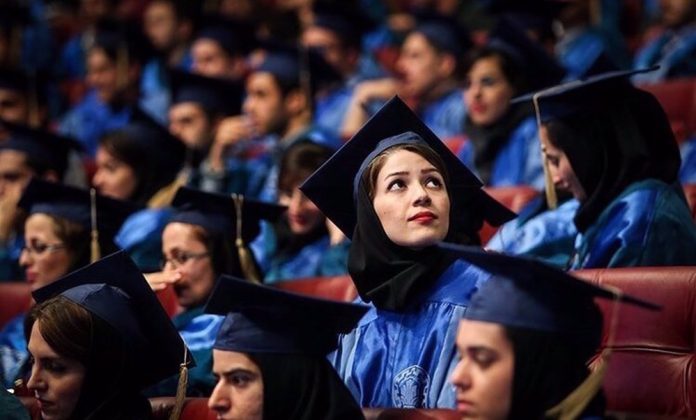In the ladies’ section of the Tehran metro on a brisk January evening, I observed women discussing their day-to-day activities in a language that demonstrated their sophisticated but cultivated imitability.
In an article written by Humaira Ahad an Indian, who is currently pursuing her Ph.D. at a university in Tehran, Iran; expresses the magnificent impact and empowerment the present regime had on women; she went on with the following:
They all appeared to be working women who had just returned from their respective places of employment, feeling energized and content. Iran will not be presented in this light by Western media.
Iran’s women are depicted as oppressed and controlled, which is not the case.
Before the Islamic Revolution, women in Iran lacked adequate political and social rights, according to historical evidence. They were confined and passive in a political and social setting. Many women in the Pahlavi era were prevented from pursuing education by the school system, which was Westernized.
The Westernized environment in universities and opposition to the hijab discouraged young girls from continuing their education. However, things changed after the Islamic Revolution, when a significant increase in the number of female students attending universities occurred.
Today, Iran’s universities are overflowing with self-assured, happy, and confident women. Women’s literacy rates in the Muslim-majority nation are among the highest in the world.
It has been attributed to the Islamic Revolution’s founder, Ayatollah Khomeini, who advocated for women’s active participation in politics, higher education, and the public sector.
Women were given equal opportunities to shape their own futures following the 1979 Islamic Revolution. They were given the chance to create their own unique political identity thanks to the revolution, and they have done so with great success.
Today, Iranian women are significantly more politically savvy and educated than women in other Muslim societies.
In 1977, only 17% of women living in rural areas were literate, according to data. In 2017, the percentage increased to 73%, indicating a significant shift brought about by the revolution.
The nation’s overall literacy rate for women was 85.5 percent in 2020, higher than the rate for men at 80.8 percent. The fact that this female literacy rate is higher than the global average is surprising.
Education is viewed as real freedom by Iranian women because it is held in high social regard. Today, female students make up almost 60% of all university students. Since the Islamic Revolution, nearly 21 times more women are enrolled in higher education.
At the moment, there are more female graduates than male graduates in the humanities, basic sciences, and medical sciences.
The Islamic Republic of Iran and Turkey were the subjects of a comparative study to investigate female university enrollment in the two Muslim-majority nations. The conclusion revealed that only 19% of female students enroll in universities in Turkey, while 60% of Iranian students enroll in universities.
Women have taken on a greater number of positions in both the public and private sectors as a result of this remarkable improvement in education. The sensible people of the world value Iran’s Islamic system and see it as a model for those who are being beaten down by the neo-imperialist hegemony.













